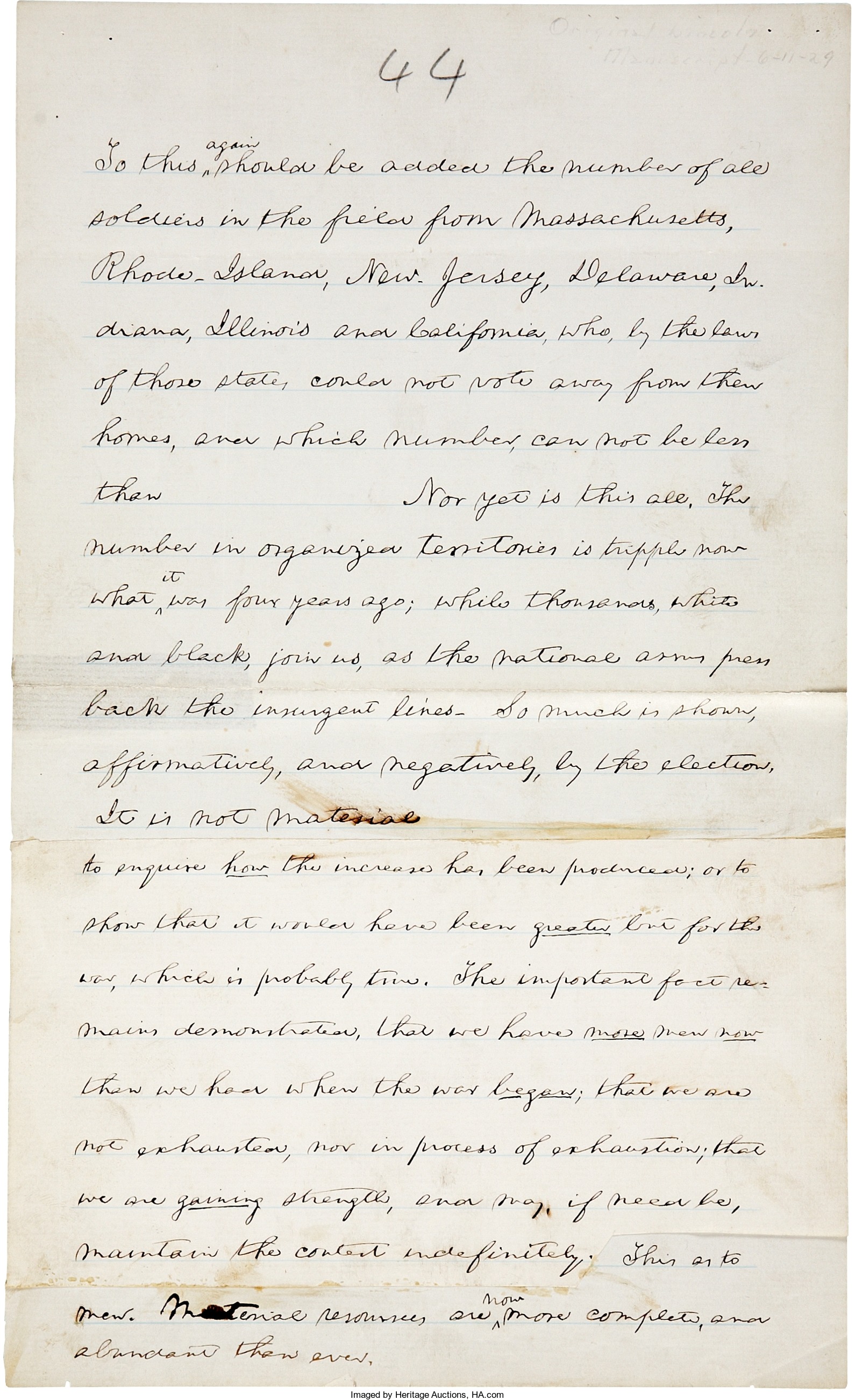
By Jim O’Neal
On Jan. 15, 1975, President Gerald Ford in his State of the Union speech said:
“The State of The Union is not good. Millions of Americans are out of work. Recession and inflation are eroding the money of millions more.”
“Prices are too high and sales too slow.”
“The national debt will rise to over $500 billion.”
“We depend on others for essential energy.”
These were remarkably candid admissions and atypical from most of his predecessors, who took great leeway with the facts to spin a nice story.
George Washington personally delivered the first State of the Union to a joint session of Congress on Jan. 8, 1790.
Then Thomas Jefferson abandoned the “in person” practice because it was too similar to what a monarch might do, something he was trying to avoid (i.e., a speech from the throne).
In 1913, President Woodrow Wilson revived the practice and it has gradually become a major national event. It has also morphed into a presidential wish list rather than a practical, non-political assessment of national conditions … as designed.
Personal attendance by high-profile politicians is a “must,” except for one Cabinet member who is in the line of secession (a designated survivor) in the event of a major catastrophe.
In 1981, Jimmy Carter felt compelled to issue an “exit” State of the Union, but that lame-duck ritual has been discontinued.
However, I suspect presidents will increasingly remind us … one more time … about everything that was accomplished, in case we forgot. It provides an excellent chance to combine a farewell with the start of a memoir … and not leave a legacy assessment in the hands of less gentle hands.
I would.
 Intelligent Collector blogger JIM O’NEAL is an avid collector and history buff. He is President and CEO of Frito-Lay International [retired] and earlier served as Chairman and CEO of PepsiCo Restaurants International [KFC Pizza Hut and Taco Bell].
Intelligent Collector blogger JIM O’NEAL is an avid collector and history buff. He is President and CEO of Frito-Lay International [retired] and earlier served as Chairman and CEO of PepsiCo Restaurants International [KFC Pizza Hut and Taco Bell].
